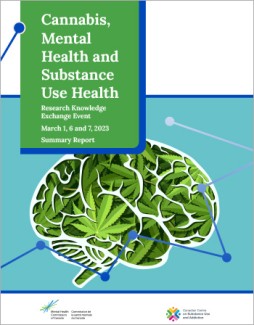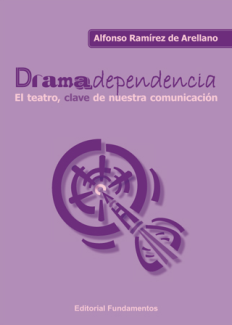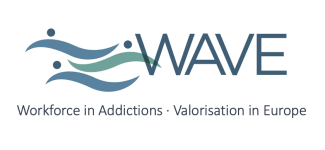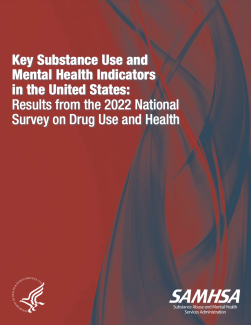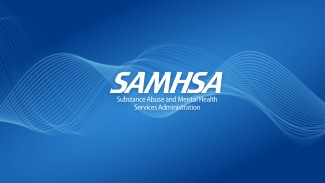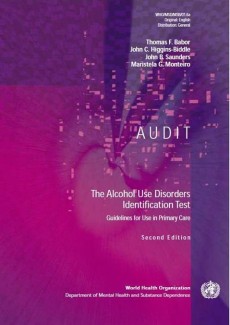Cannabis, Mental Health and Substance Use Health Summary Report
The Cannabis, Mental Health, and Substance Use Health: Research Knowledge Exchange Event Summary Report presents the findings and themes discussed at an event jointly hosted by CCSA (Canadian Centre on Substance Use and Addiction) and the...

